Week 2
Computational Sociology
Christopher Barrie
Introduction
- Housekeeping
- Echo Chambers and Filter Bubbles
Introduction: Echo Chambers
- Who follows people they don’t like on Twitter/Weibo/TikTok?
Introduction: Echo Chambers
Who follows people they don’t like on Twitter/Weibo/TikTok?
Who wants to give me their Twitter handle?
- How would you describe yourself politically?
Who wants to give me their Twitter handle?
- How would you describe yourself politically?
- Would you believe me if I told you I already knew this?
Introduction: Echo Chambers
Introduction: Echo Chambers

Introduction: Echo Chambers
Why am I showing you this?
Because the reason we can estimate ideology like this is because:
We tend to follow people we agree with
How come…?
Why does all this matter?
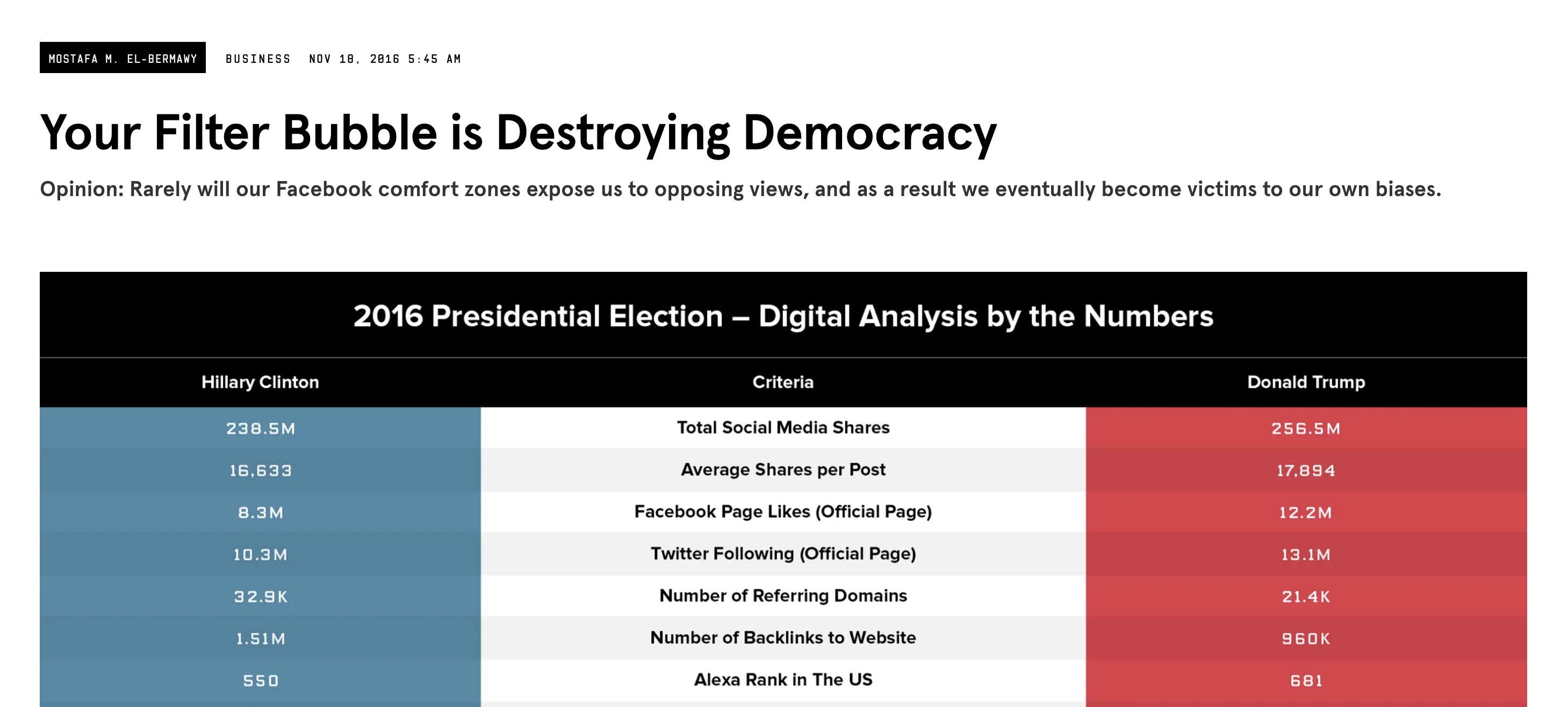
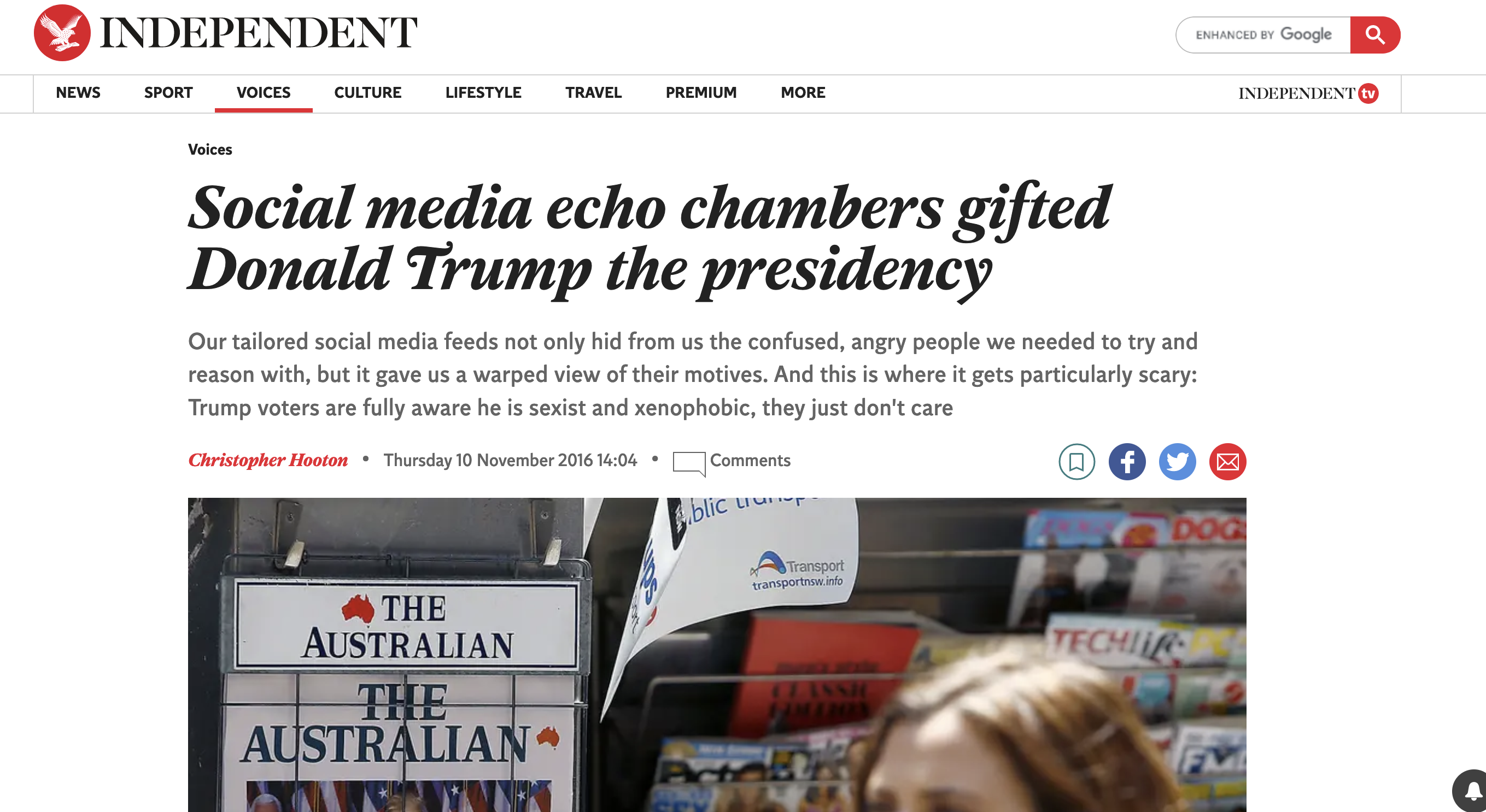
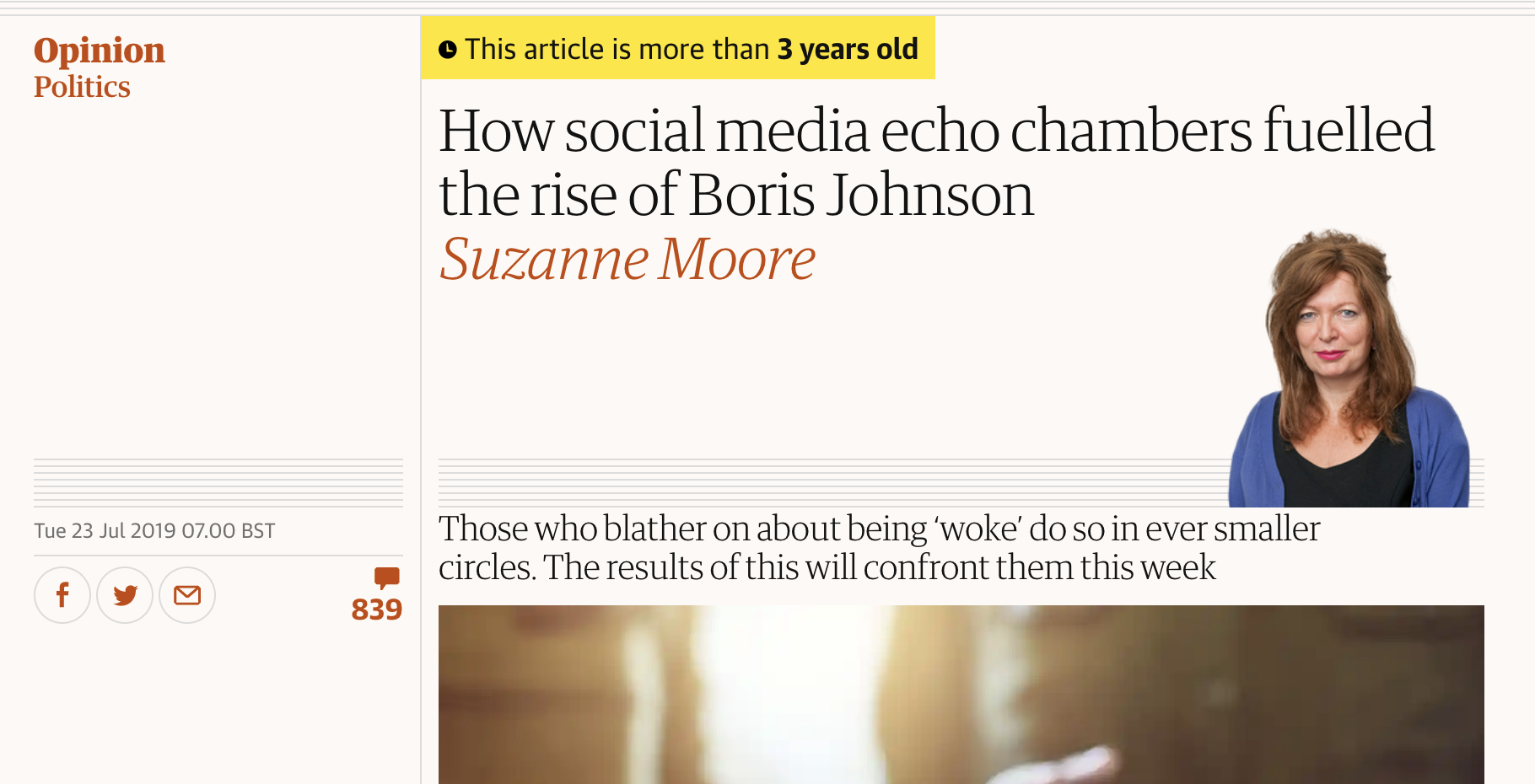
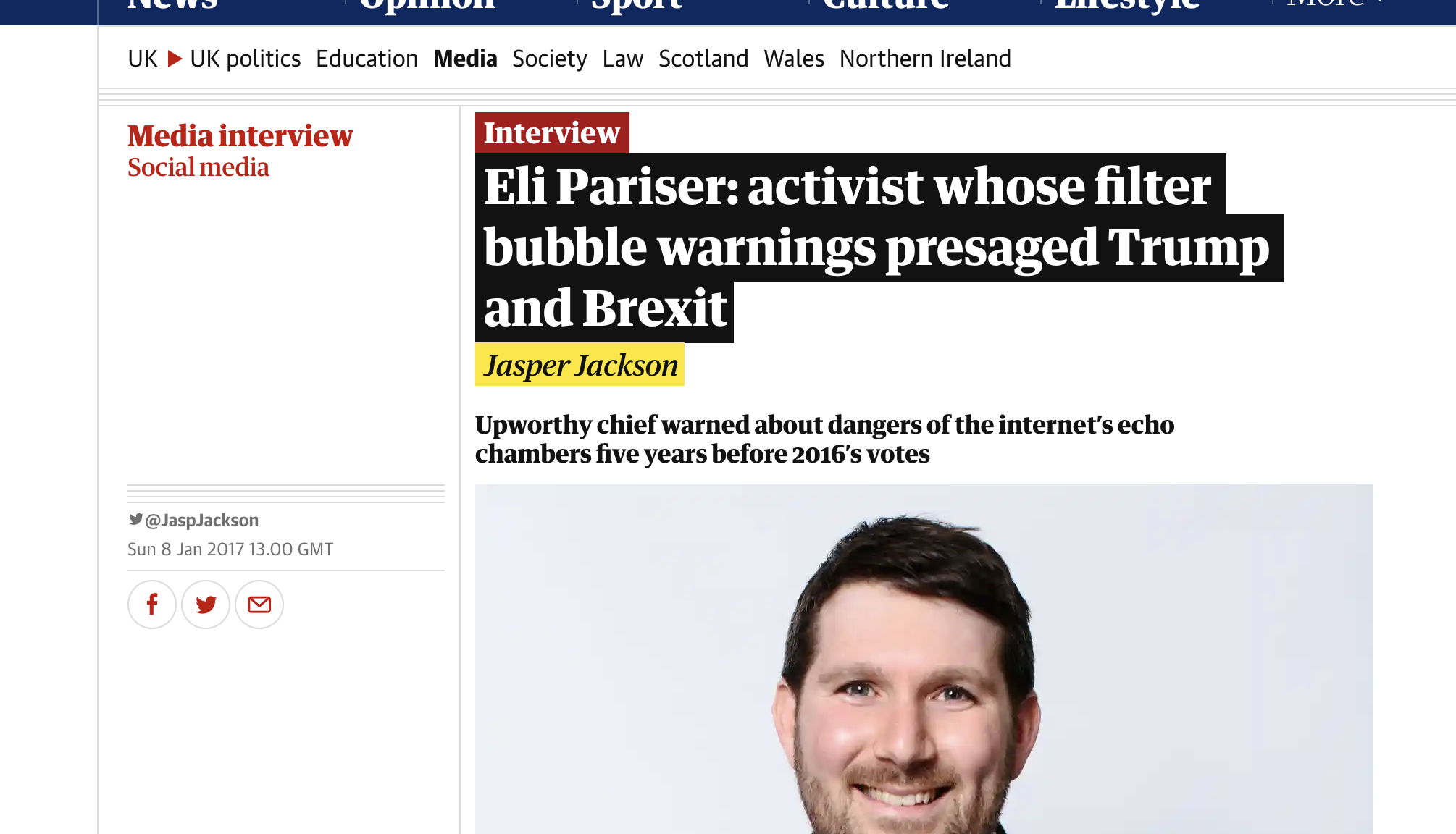
But is any of this… true?
Three questions:
- How do we select among range of (both political and non-political) information?
But is any of this… true?
Three questions:
- How do we select among range of (both political and non-political) information?
- Why do we select into (some) political information (and not other)?
But is any of this… true?
Three questions:
- How do we select among range of (both political and non-political) information?
- Why do we select into (some) political information (and not other)?
- How does situation now compare to before (social media)?
News consumption is small
- How do we select among range of (both political and non-political) information?
News consumption is small
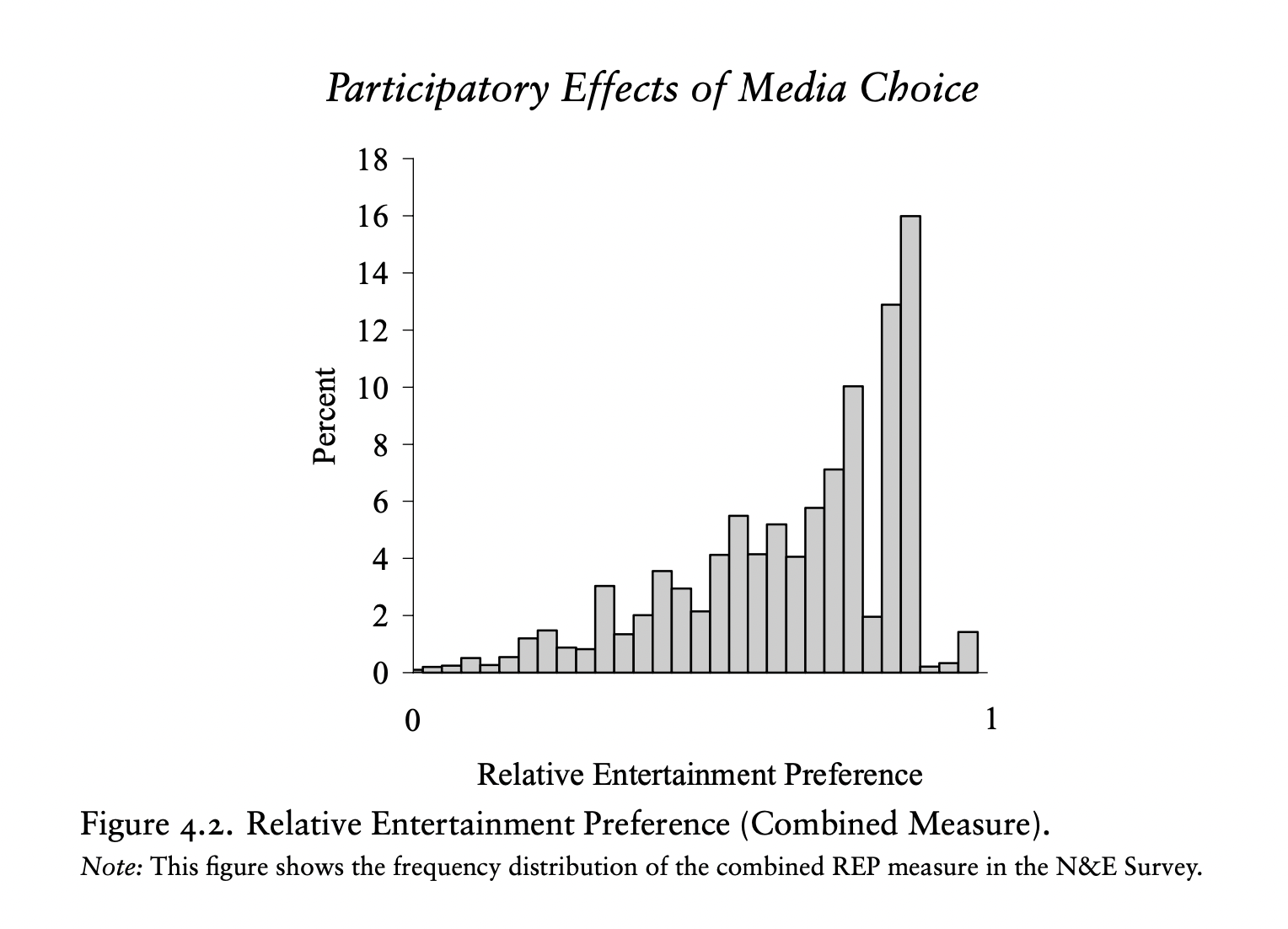
News consumption is small
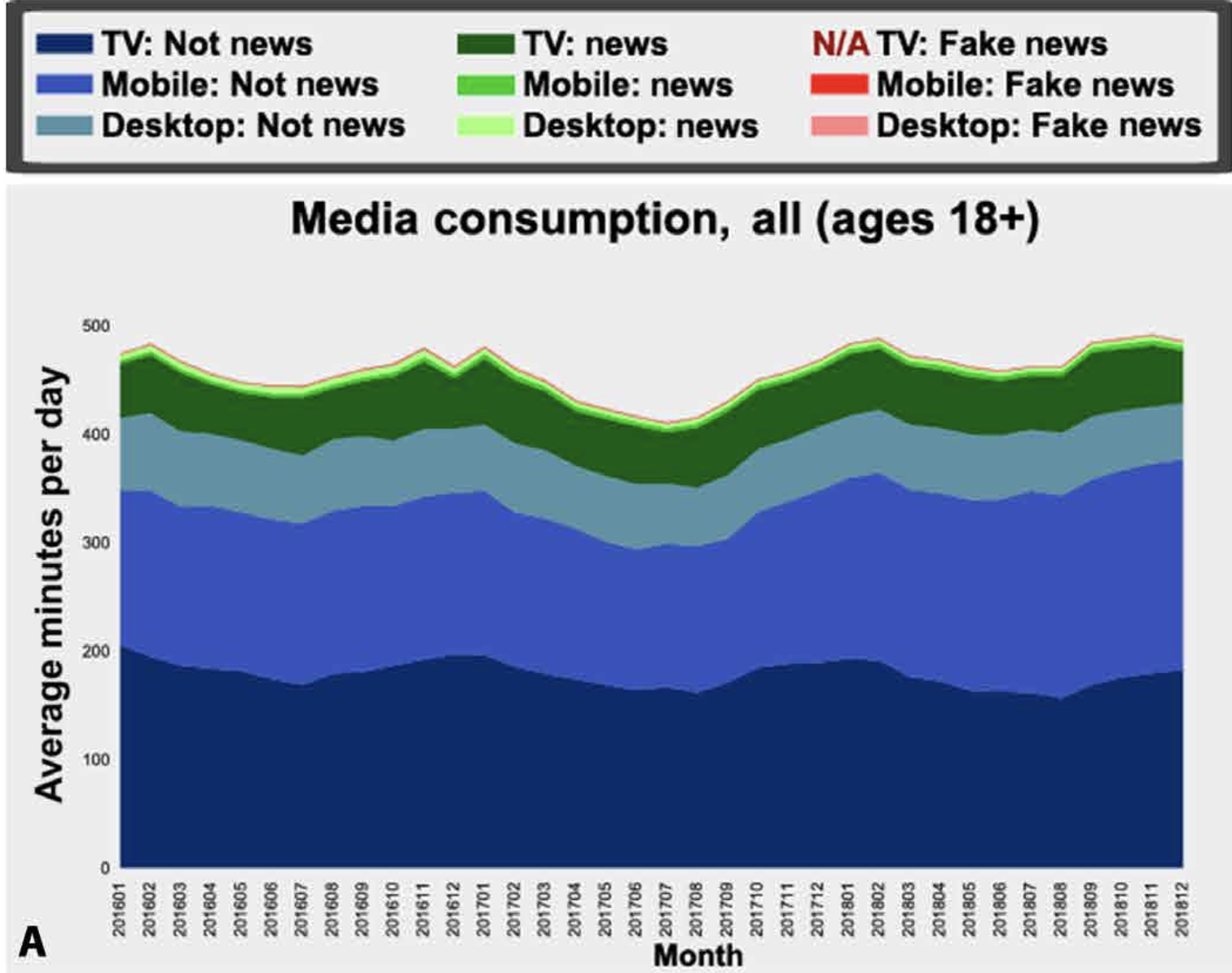
News consumption is small
Compare to…
News consumption is small
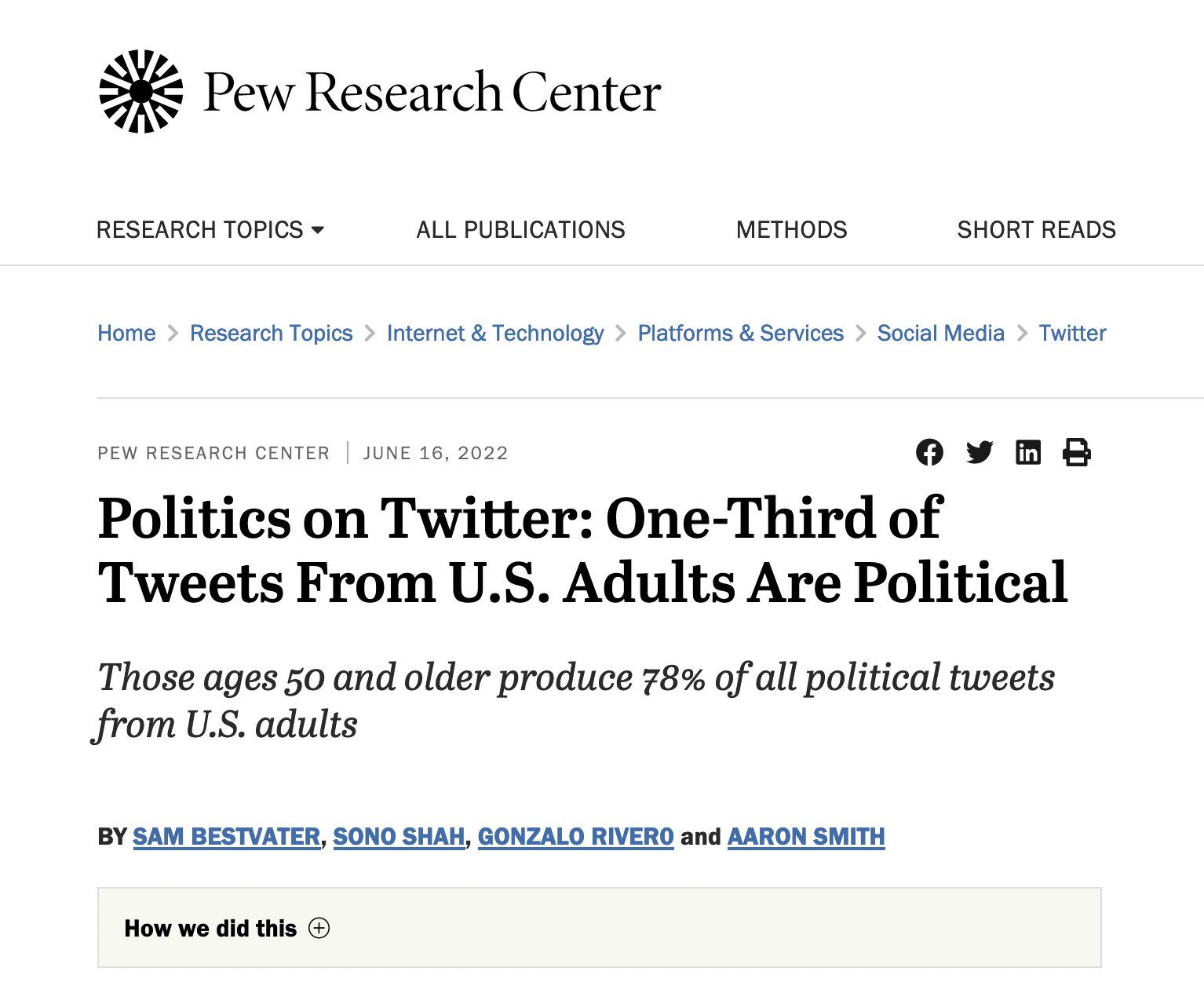
News consumption is small
Shows importance of:
- Considering information ecosystem
- Keeping in mind the denominator not just the numerator
Most people aren’t settled
- How do we select among range of (both political and non-political) information?
Most people aren’t settled
“Most people…are simply not so rigid in their information-seeking behavior that they will expose themselves only to ideas that they find congenial” (Zaller 1992)
Instead: RAS model…
Most people aren’t settled
RAS = Receive-Accept-Sample
Receive: Opinions derive from elites (and more politically aware, more likely to receive)
Accept: Less politically aware, more likely to accept conflicting information
Sample: Decisions based on whatever is salient at that time
So… only the most politically aware are very rigid?
Most people aren’t settled
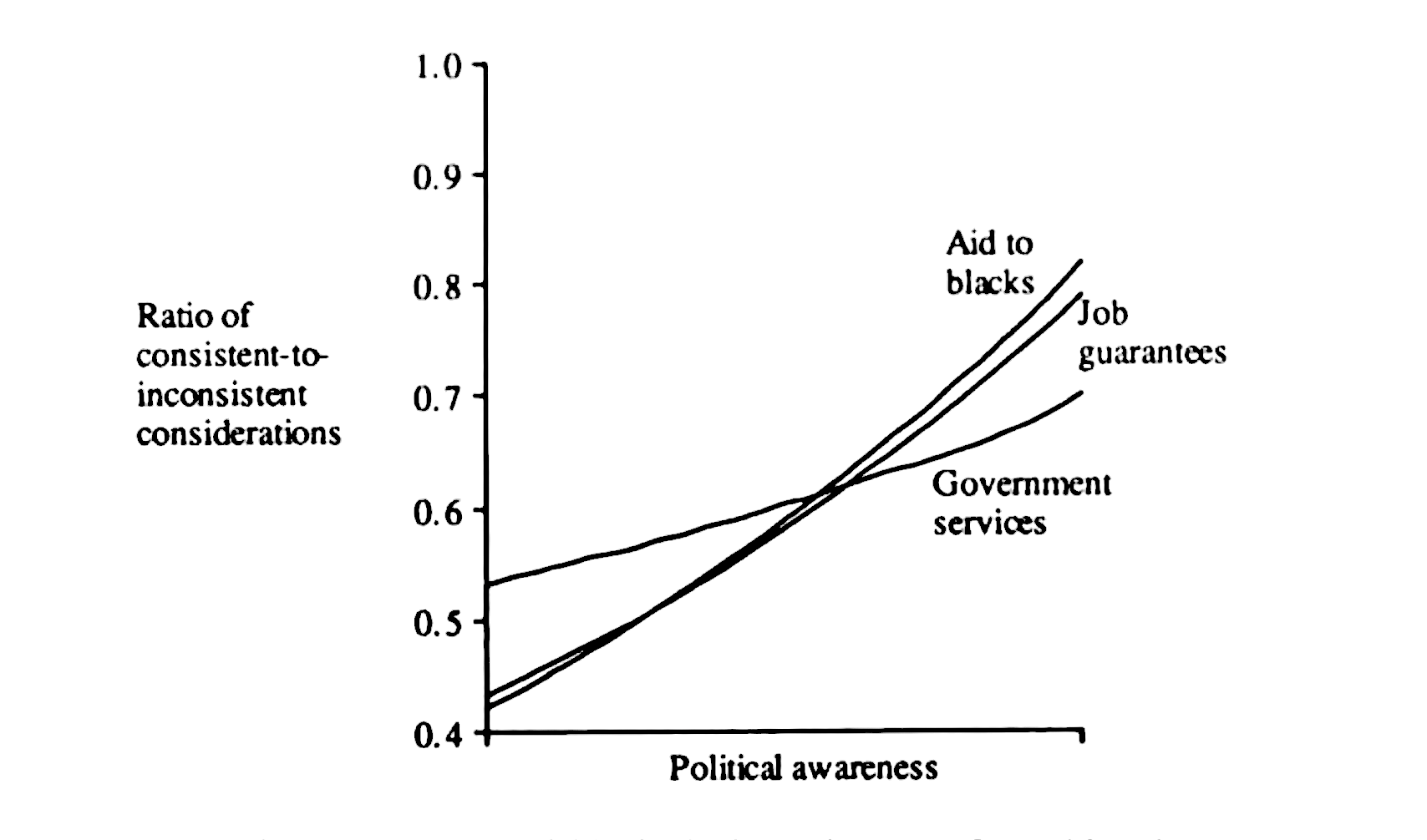
Dissonance is costly
- Why do we select into (some) political information (and not other)?
Dissonance is costly
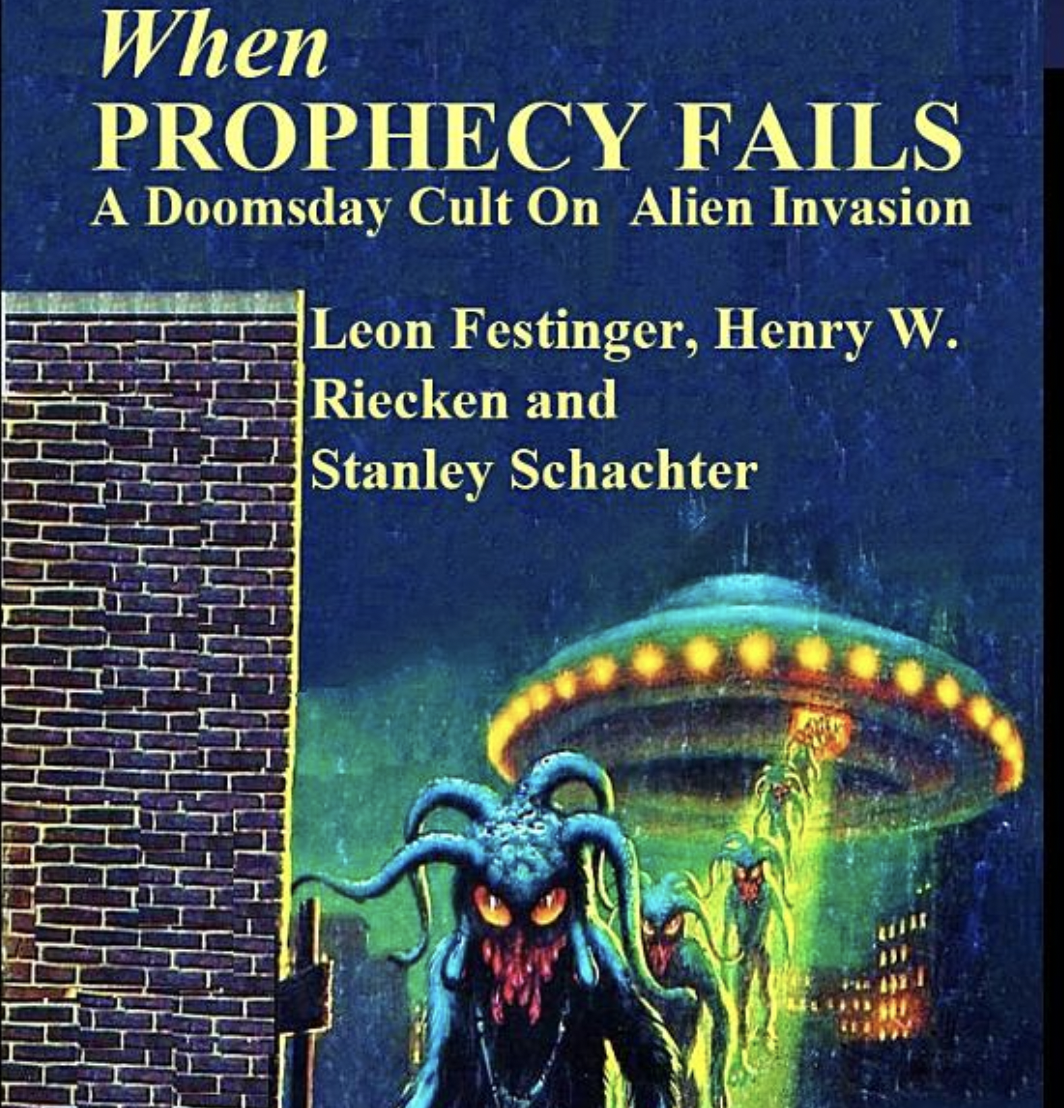
Dissonance is costly
“The existence of appreciable dissonance and the consequent pressure to reduce it will lead to the seeking out of information which will introduce consonances and to the avoidance of information which will increase the already existing dissonance” (Festinger 1957)
Implications:
- Extremely large dissonance –> seeking out more dissonant information
- Extremely low dissonance –> seeking out more consonant information
- i.e., non-linear relationship between dissonance and selective exposure
Dissonance is costly?
But is this the reason we follow people we agree with?
Trust as alternative explanation
- Why do we select into (some) political information (and not other)?
We might follow consonant opinion because we find it more trustworthy…
In other words, people select into news they believe is balanced/credible.
Trust as alternative explanation
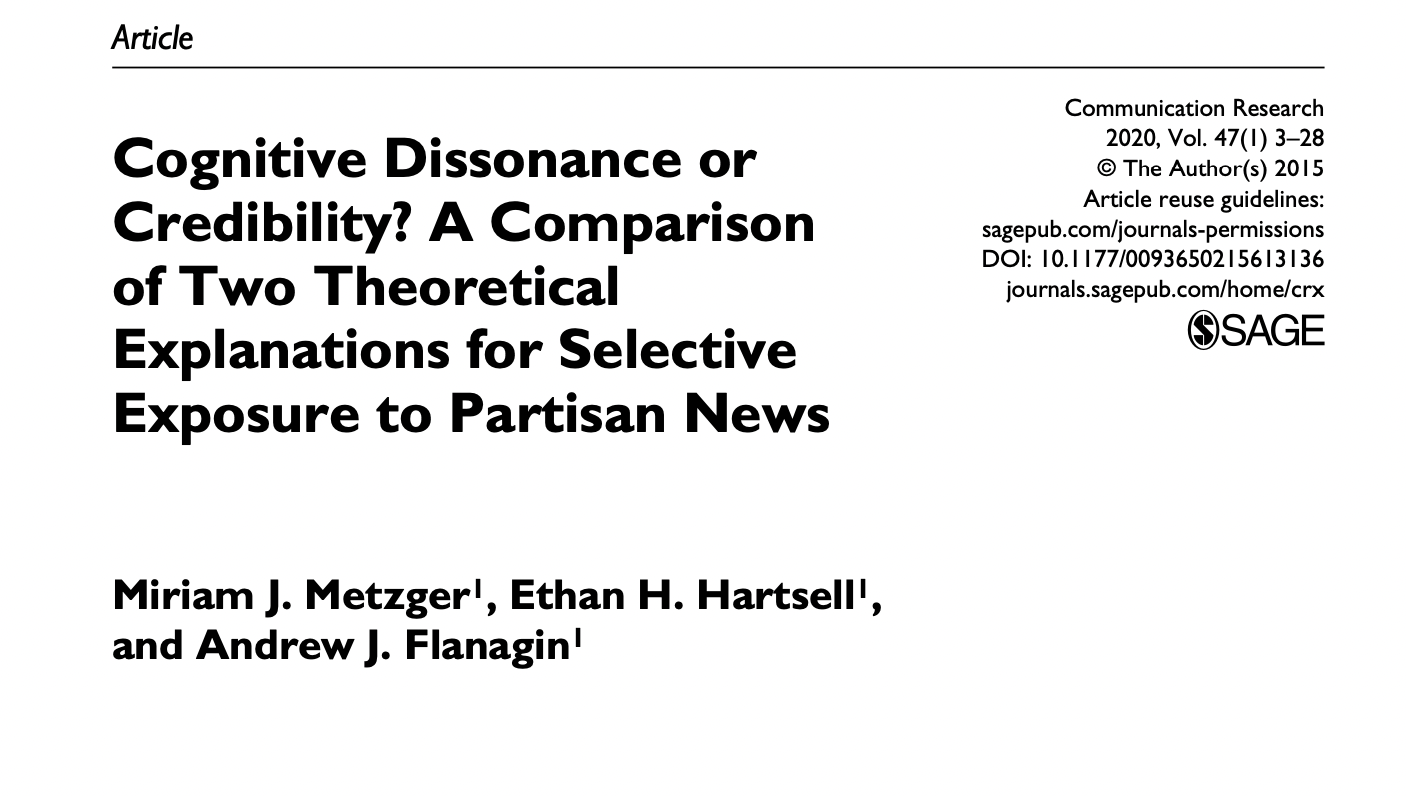
So what…?
But why does this all matter for the internet and social media?
Post-broadcast democracy
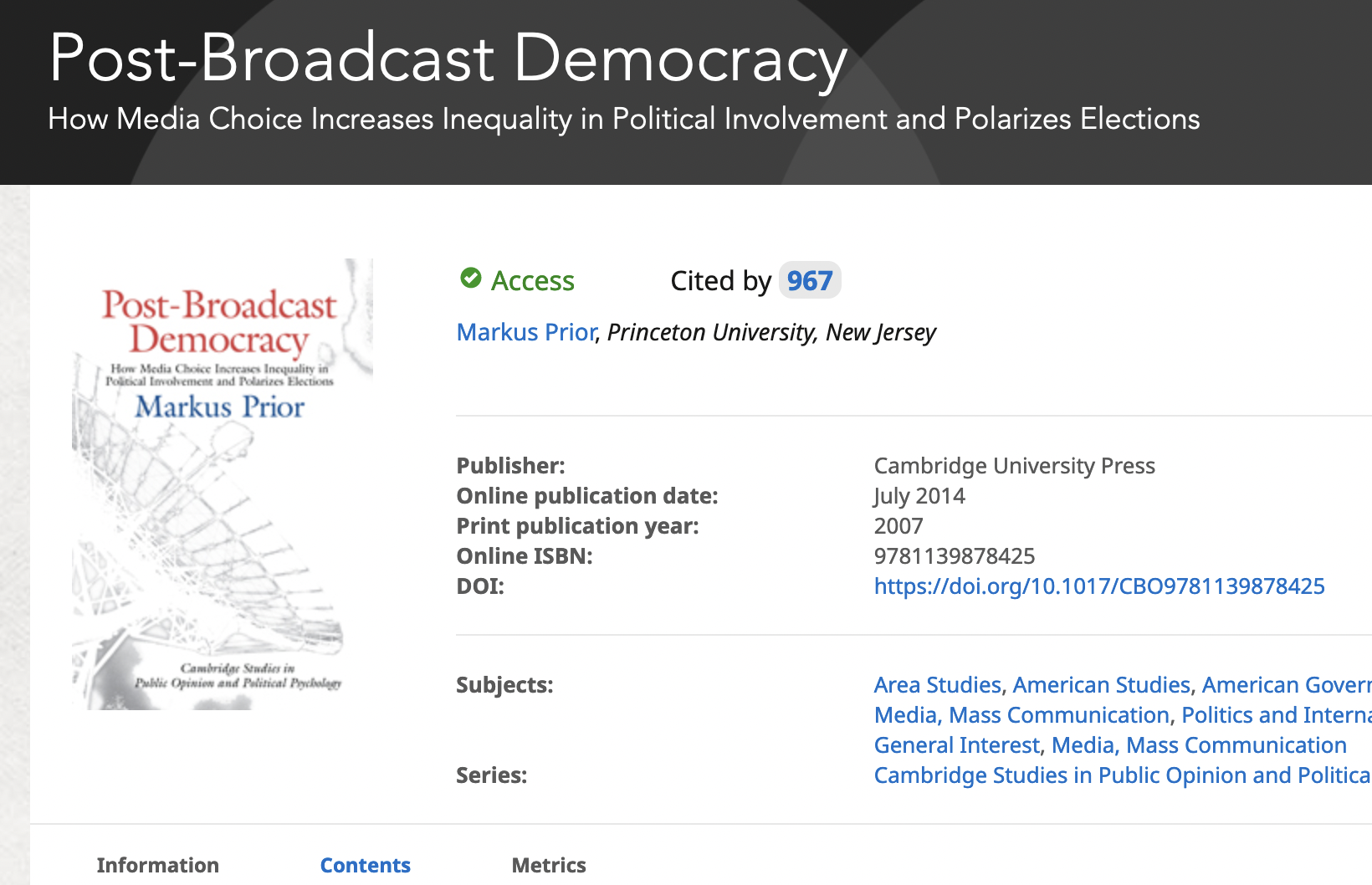
Post-broadcast democracy
High-choice media environments –> Divisions in political knowledge
Some very aware 🤓
Some very unaware 😴
#republic
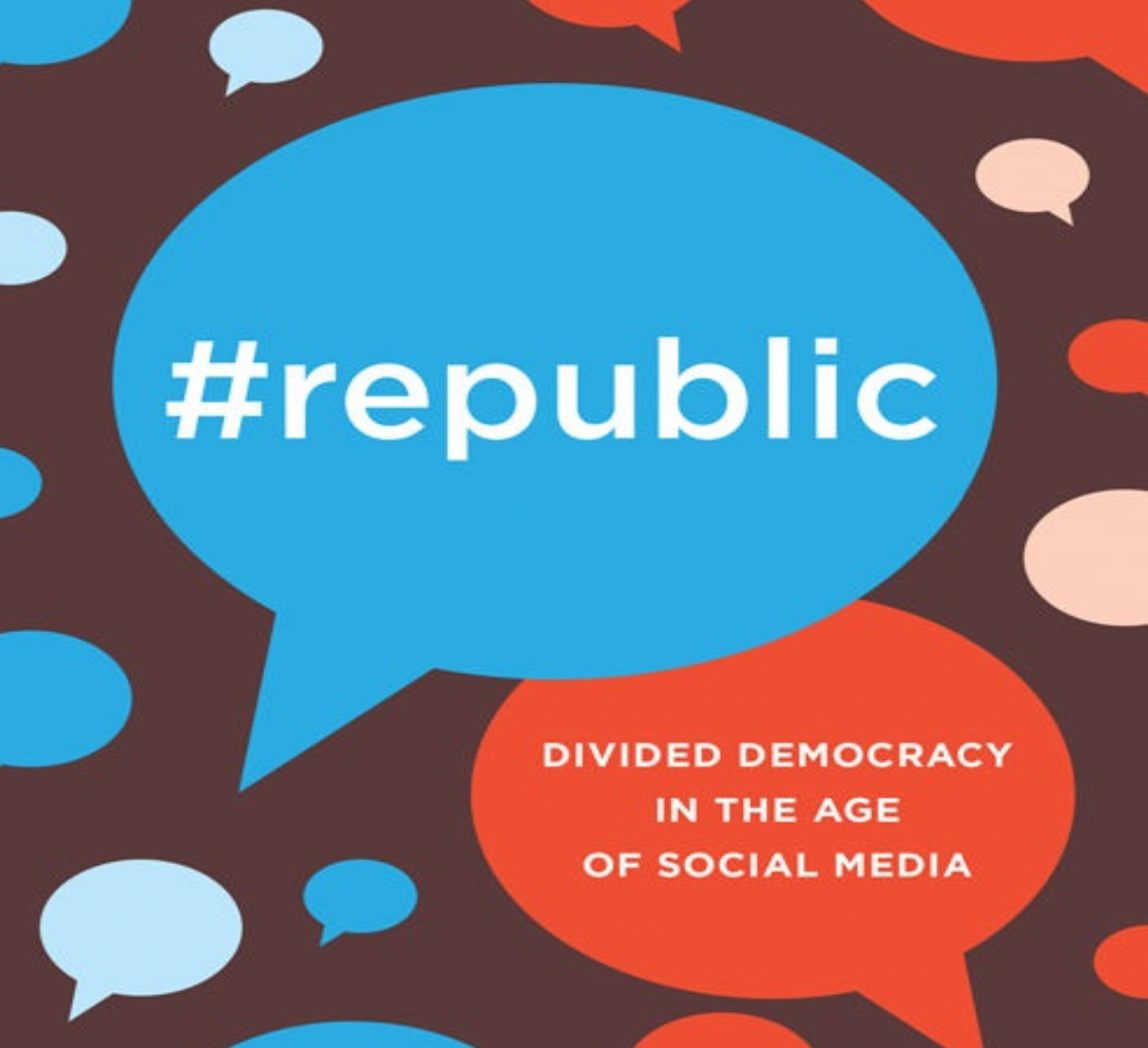
#republic
Online media environments –> Selection into homogeneous groups
This threatens democratic deliberation: foundation stone of healthy democracy.
#republic
Sunstein emphasizes threat of:
people’s growing power to filter what they see, and also providers’ growing power to filter for each of us, based on what they know about us (Sunstein 2017)
Note: emphasis on both demand and supply…
So where are algorithms in all of this?
Filter bubbles
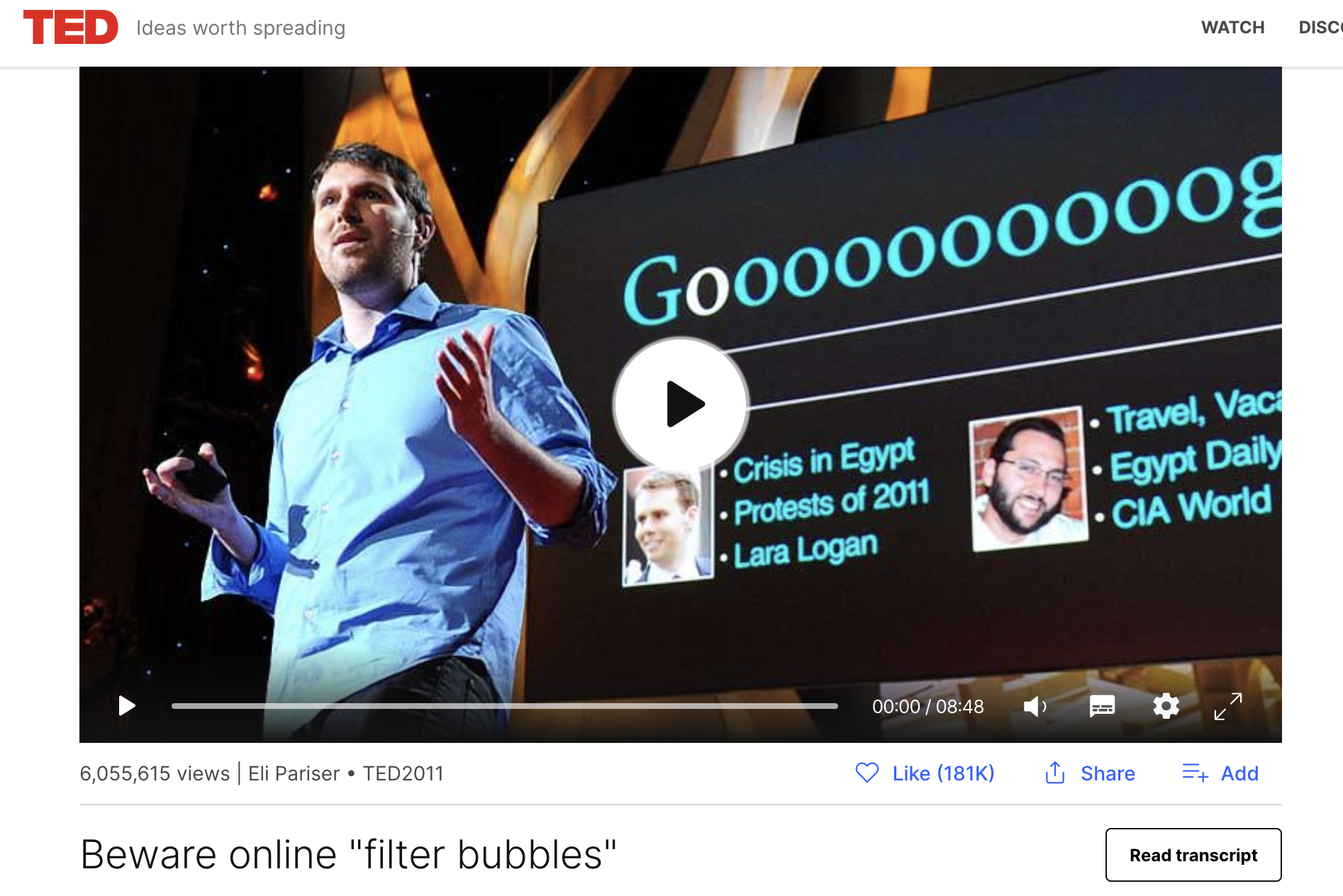
Filter bubbles
Algorithmic learning –> Increased content personalization
Result: amplified selective exposure
But what’s the evidence?
A number of ways we can study:
- Ask people survey questions (measurement error and recall bias)
- Install web trackers (better… but what about other media sources?)
- Experiments (but external validity?)
- Use other computational wizardry 🧙
But what’s the evidence?
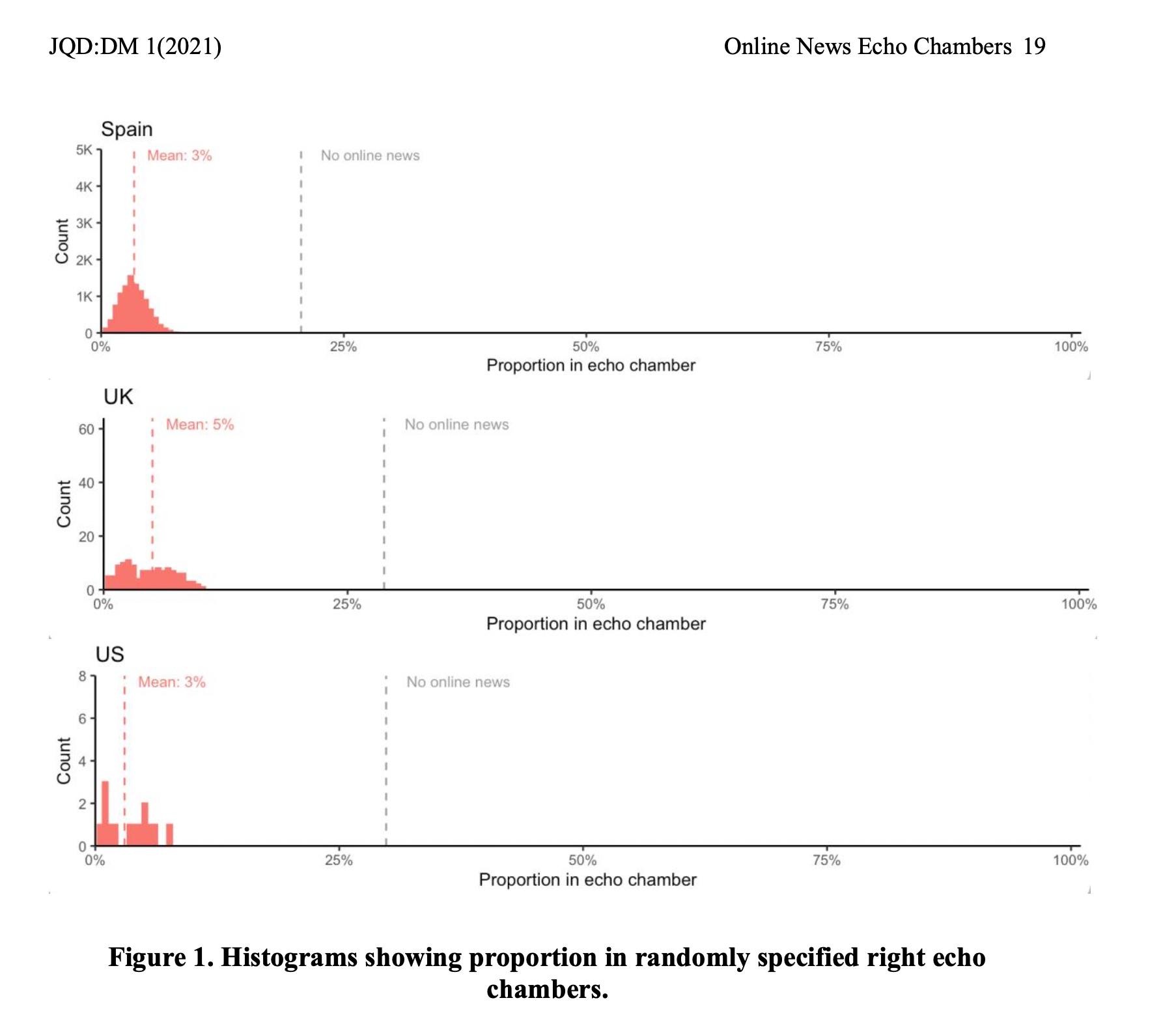
But what’s the evidence?
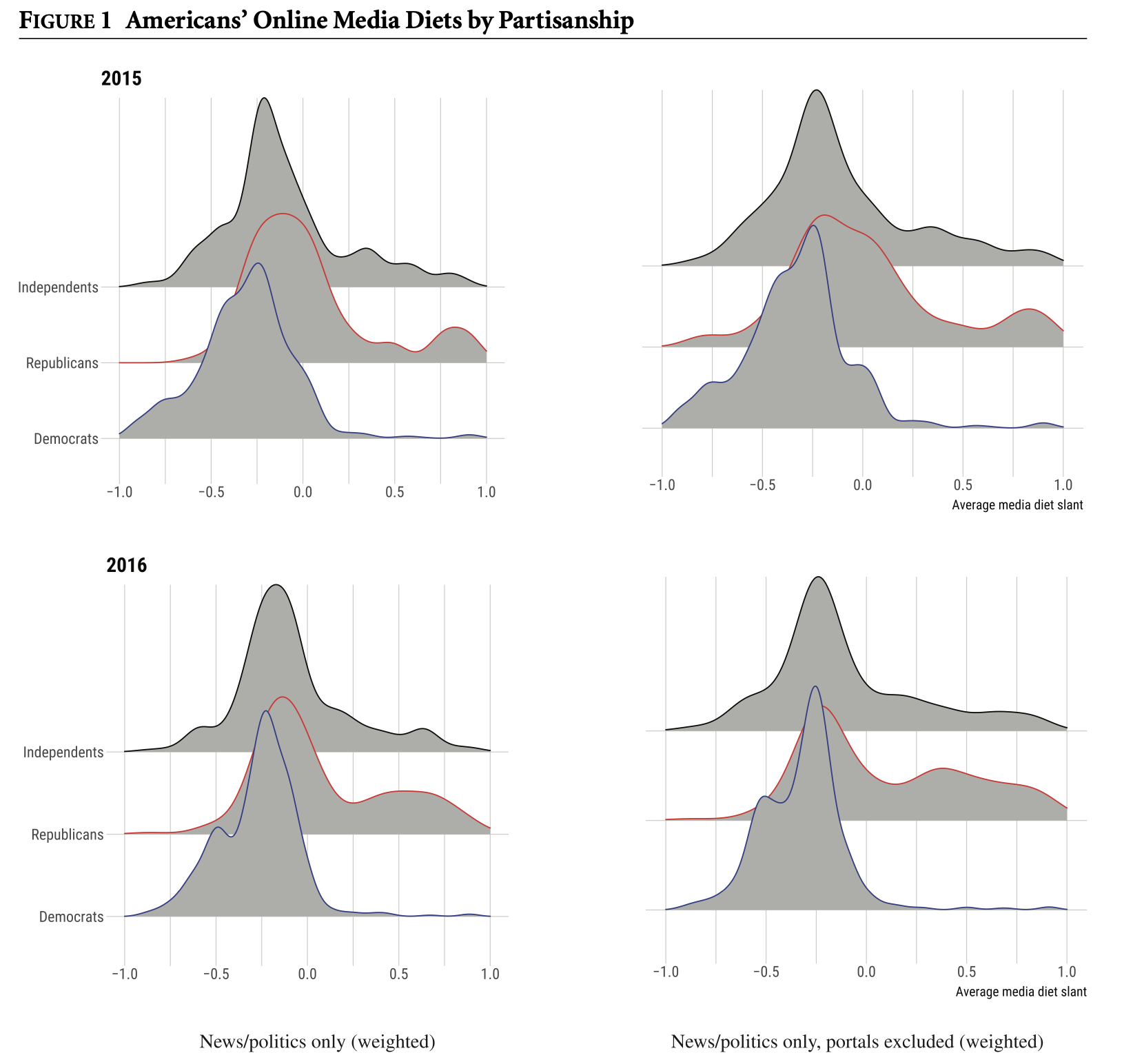
But what’s the evidence?
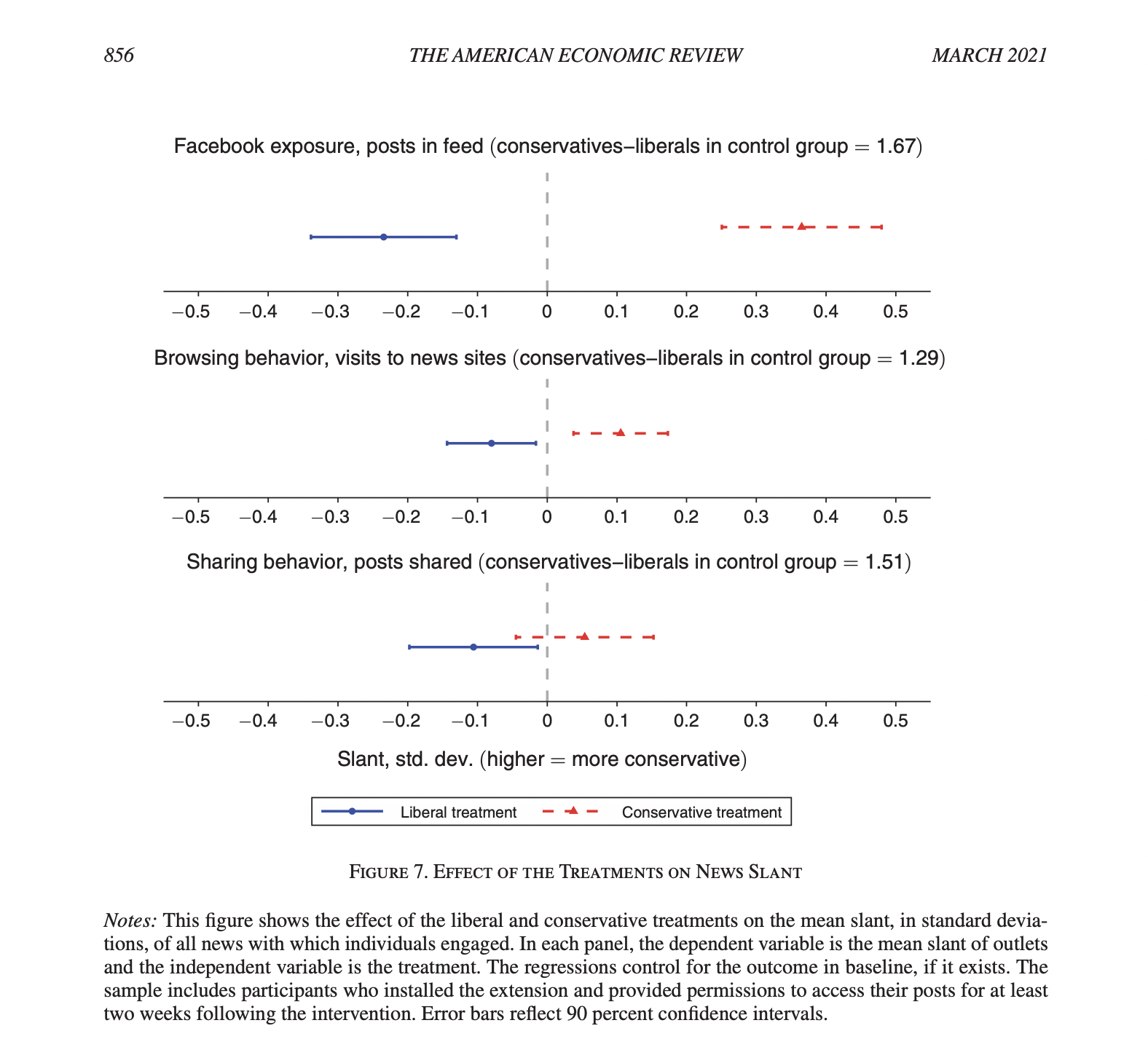
But what’s the evidence?
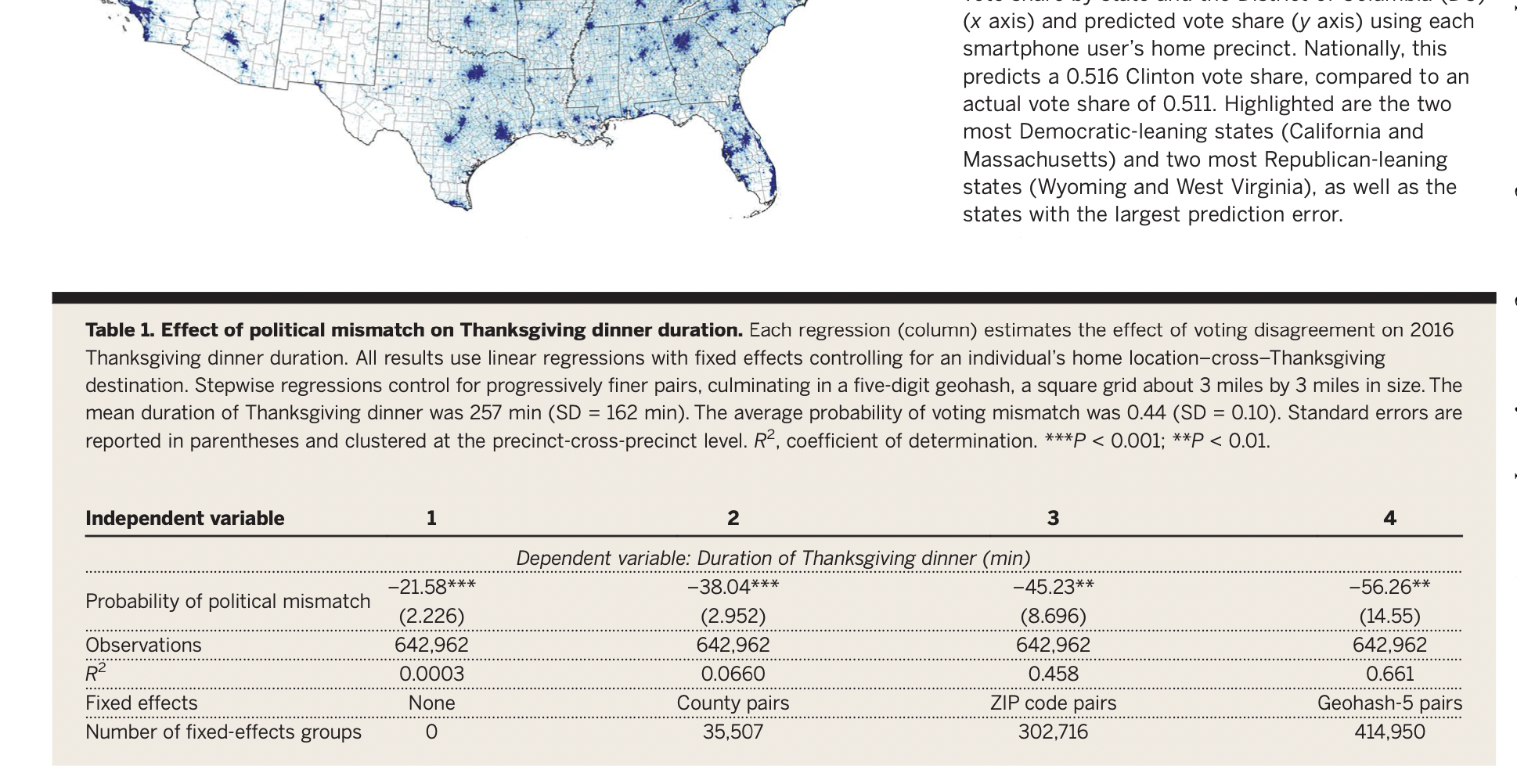
What about before?
Let’s zoom out a moment…
What was it like before? Were we deliberative? Did we speak to the other side?
Important question to determine:
- What constitutes an “echo chamber” (cf. Guess 2021)
- Whether this is an effect of the Internet, or
- Whether this is an effect of garden variety selective exposure
What about before?
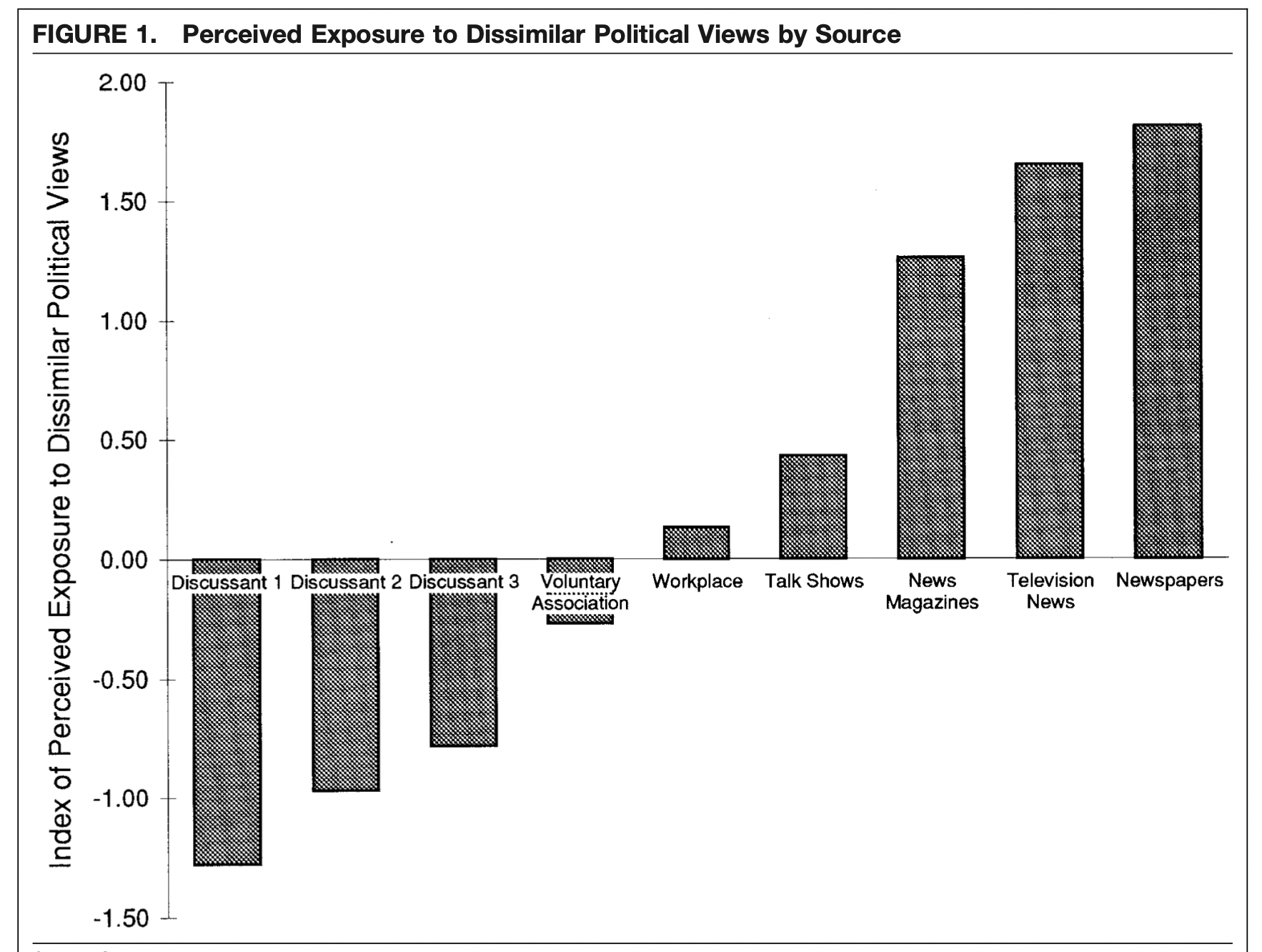
What about before?
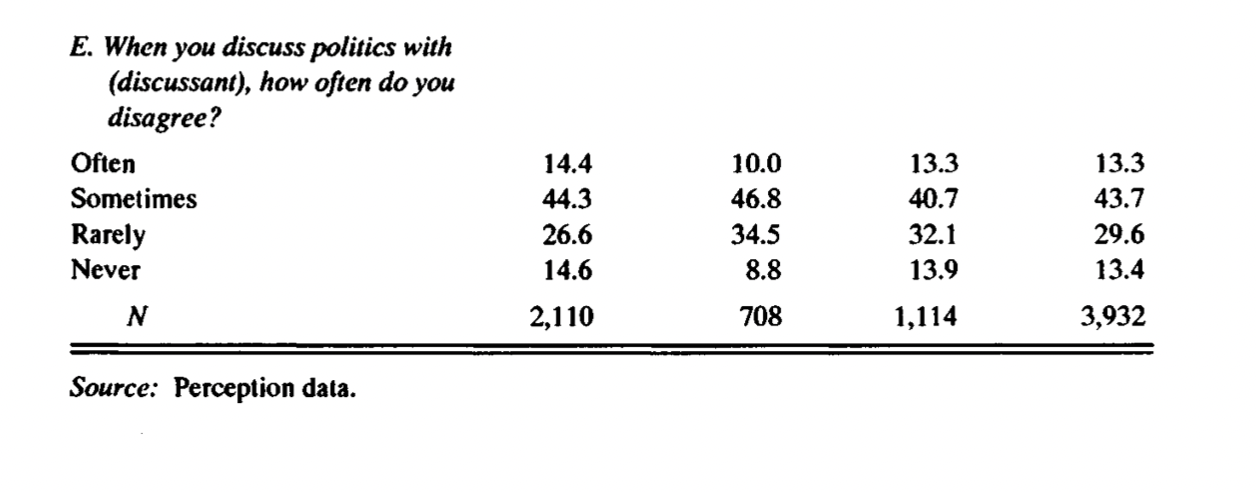
Is this surprising?
Well basic social theory suggests otherwise:
- Social homophily is prevalent
- Homophily often extends to politics
- Meaning networks of interaction likely conform to this framework
In conclusion
- We can use computational tools to measure information consumption. But;
- To do so we need also to consider the denominator. And;
- We need to consider what it was like before